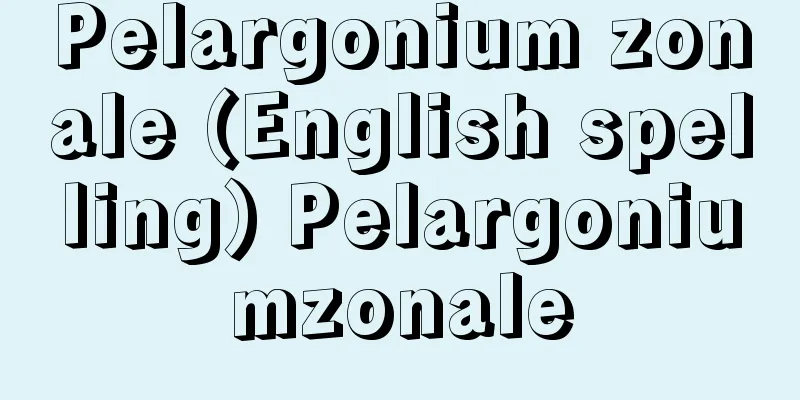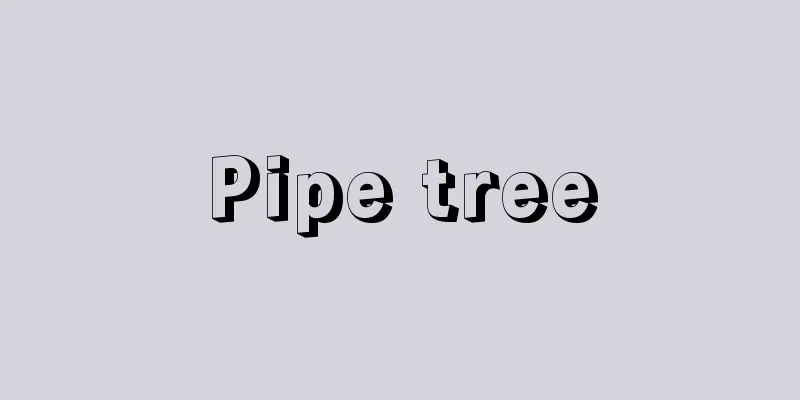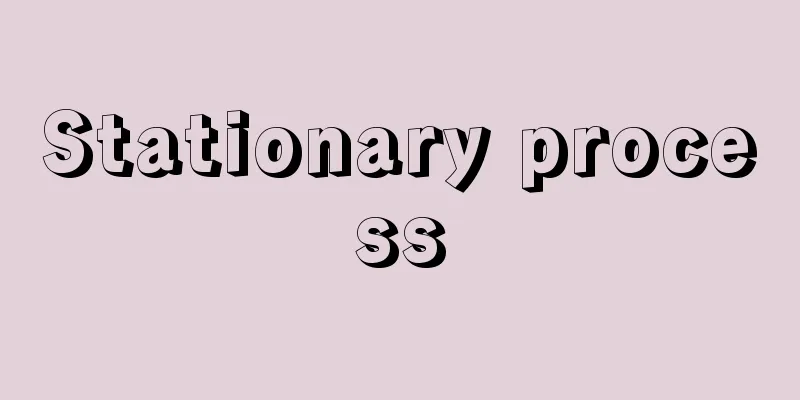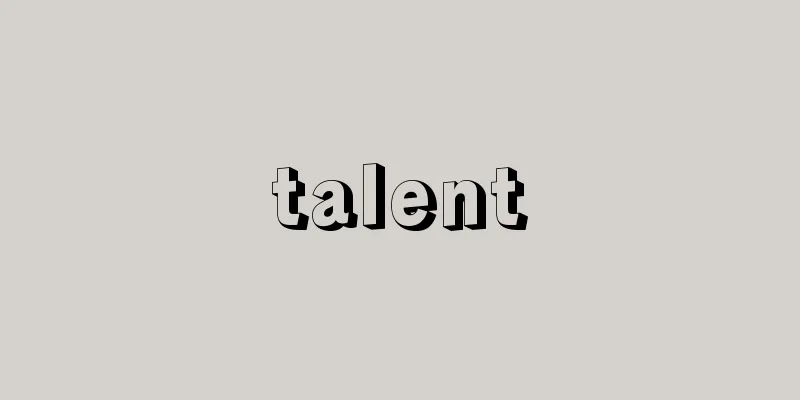Central Social Insurance Medical Council
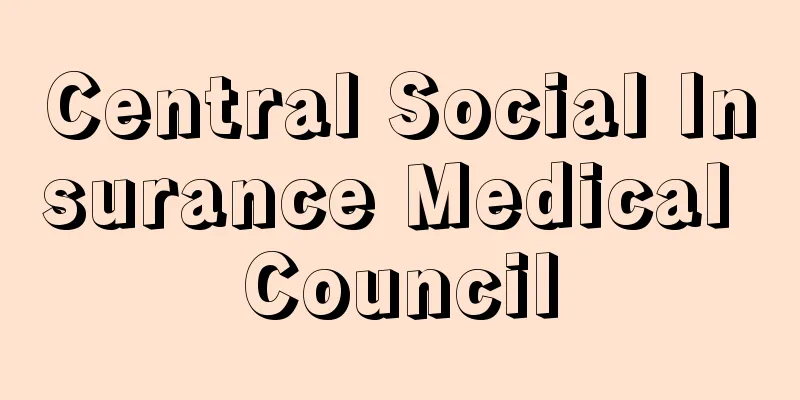
|
The Chuikyo is an advisory body to the Minister of Health, Labour and Welfare, whose mission is to deliberate and report on the revision of medical insurance medical fees (including drug price standards and material price standards) and medical care regulations in response to consultations from the Minister of Health, Labour and Welfare, as well as to make its own recommendations. Its abbreviation is Chuikyo. The committee is made up of seven members from the payer side (representatives of insurers, insured persons, and employers), seven members from the treatment side (representatives of doctors, dentists, and pharmacists), and six members from the public interest side, with the chairman being selected from among the public interest members. The term of office for members is a maximum of six years. If necessary, up to ten expert members (from the pharmaceutical industry, nursing organizations, medical technician organizations, etc.) may be appointed. Medical fees are usually revised every two years. In addition, Chuikyo has the Drug Price Expert Committee, the Insurance Medical Materials Expert Committee, the Medical Fee Revision Result Verification Committee, and the Cost-Effectiveness Evaluation Expert Committee, all of which are chaired by public interest members. In the revision, the Medical Affairs Division of the Ministry of Health, Labour and Welfare's Insurance Bureau, which has jurisdiction over medical fees, is responsible for preparing the secretariat proposal. Since its establishment in 1950, Chuikyo has played the role of determining the level of medical benefits (medical treatment standards) including medical fees, coordinating the claims of payers and practitioners regarding the functions and cooperation of insured medical institutions, and operating an efficient medical insurance system that responds to the medical needs (demands) of the public and advances in medical technology. As the universal health insurance system was established, and insurance benefits were improved against the backdrop of high economic growth, and the main income of doctors and medical institutions came from insured medical treatment, the conflict between payers and practitioners intensified over the determination of medical fees at Chuikyo. However, due to the lack of clear calculation rules for determining medical fees, the two parties were unable to reach an agreement on the revision rate of medical fees at Chuikyo, and until around 2000, political decisions were sometimes made by the government's ruling party. In April 2004, a case occurred in which a member of the Chuikyo was arrested on suspicion of bribery over the initial consultation fee to a family dentist in the revision of medical treatment fees for fiscal 2002 (the Japan Dental Association corruption case). This prompted a review of the Chuikyo's structure, and in July 2005, the Chuikyo was reformed, following a report by the "Committee of Experts on the Form of Chuikyo Reform." The contents are as follows: (1) the rate of revision of medical fees will be decided by the Cabinet when compiling the budget; (2) the basic policy regarding medical fee revisions will be decided by the Health Insurance Subcommittee and the Health Care Subcommittee of the Social Security Council; (3) the Chuikyo will deliberate and submit a report on revisions to medical fee points based on the above-mentioned revision rate and basic policy; (4) in order to reflect a variety of opinions in the deliberations, patient representatives will be added to the payer side committee members and hospital representatives to the medical treatment side committee members; (5) the public interest function will be strengthened and the number of public interest committee members will be increased from four to six, and in response, the number of payer and medical treatment committee members will be increased from eight to seven each; (6) public opinion will be heard when revising medical fees (public comments will be solicited and public hearings will be held); (7) the medical fee revisions will be verified and a subcommittee for verifying the results of medical fee revisions will be established within the Chuikyo. As a result of this Chuikyo reform, the focus of deliberations at the Chuikyo changed from debates over the revision rate of medical fees to debates over the content of medical fees (points in each field covered by medical fees, billing requirements, etc.). In the first revision after the reform, the 2006 revision, the Cabinet proposed the largest reduction in history of -3.16% (-1.36% for medical fees, -1.8% for drug prices, etc.), and within that framework, it was requested that the medical fee system be reformed in line with the government's "Basic Policy for Medical Reform." As a result, medical fee revisions no longer just reflect the cost of medical care, but also have a stronger function of inducing medical expense control. However, the drastic reduction in medical expenses led to a situation that has been called the devastation of medical care, including financial difficulties for local hospitals and worsening working conditions for hospital doctors. For this reason, the Cabinet proposed a 0.16% increase in medical fees in the 2008 revision, but the government's financial resources were insufficient to address the issue, and measures were taken to restrain medical fees for private practice doctors and raise funds to improve employment for doctors working in hospitals. Also, a verification committee was established in 2005 to examine the situation after the 2006 revision, and some measures were taken to review disease-specific rehabilitation fees and to investigate the nursing shortage caused by the introduction of a 7:1 ratio (one nurse for every seven patients on average during the day and night). After the Democratic Party took power in 2009, the members of the executive committee of the Japan Medical Association were not reappointed when their terms expired, and new members were appointed by the Minister of Health, Labor and Welfare, bringing political involvement in the Chuikyo to light. However, since then, members recommended by the Japan Medical Association have been appointed, and political involvement has been kept to a minimum. As healthcare system reform based on the 2013 report of the National Council for Social Security System Reform progresses, the Central Social Insurance Medical Council, in response to the call for functional differentiation of acute care beds, conducted a functional analysis and evaluation of acute care beds using DPC data (information collected and managed by the Ministry of Health, Labour and Welfare pursuant to the provisions of Article 5, Paragraph 3 of the "Method of Calculating the Amount of Expenses Required for Medical Treatment in Wards of Hospitals Designated by the Minister of Health, Labour and Welfare (Ministry of Health, Labour and Welfare Notification No. 93)"). In response to growing concerns about health insurance finances due to an increase in medical technology, cost-effectiveness evaluation began to be discussed at the Central Social Insurance Medical Council from around 2010, and a cost-effectiveness evaluation expert committee was established in 2012. Guidelines for advancing the analysis of cost-effectiveness evaluation were formulated in 2015, and trial operation was considered. A cost-effectiveness evaluation system was launched for six products in 2019 (Reiwa 1), but the results of the evaluation are not used to determine whether or not to reimburse them, but rather to adjust prices after they are included in the insurance coverage. [Takeshi Tsuchida October 16, 2020] "Fifty Years of Postwar Medical Care: Behind the Scenes of the Medical Insurance System" by Arioka Jiro (1997, Nihon Iji Shimposha)" ▽ "THE Chuikyo: Exploring the Current State of the Health Insurance System in Light of Its History" by Sato Toshinobu (2019, Yakuji Nipposha)" ▽ "History of the Japanese Medical Insurance System, 3rd Edition, by Yoshihara Kenji and Wada Masaru (2020, Toyo Keizai Shinposha)" ▽ "Japanese Medical Care: Control and a Sense of Balance" by Ikegami Naoki and J.C. Campbell (Chuko Shinsho)" [References] | | |Source: Shogakukan Encyclopedia Nipponica About Encyclopedia Nipponica Information | Legend |
|
医療保険の診療報酬(薬価基準および材料価格基準を含む)の改定および療養担当規則の改定に関して、厚生労働大臣の諮問を受けて審議、答申するほか、自ら建議することを任務とする厚生労働大臣の諮問機関。略称、中医協。委員構成は、支払側(保険者、被保険者、事業主の代表)7名、診療側(医師、歯科医師、薬剤師の代表)7名、公益側6名の三者構成で、公益委員のうちから会長を選出する。委員任期は最長6年。必要に応じて10名以内の専門委員(製薬業界、看護師団体、検査技師団体等)を置くことができる。通例として2年ごとに診療報酬の改定を行う。また、中医協内に公益委員を部会長とする薬価専門部会、保険医療材料専門部会、診療報酬改定結果検証部会、費用対効果評価専門部会が設けられている。改定にあたっては、診療報酬を所管する厚生労働省保険局医療課が事務局案を作成するなどの役割を担っている。 1950年(昭和25)に設置されて以来、中医協は診療報酬をはじめ医療給付の水準(診療基準)を定め、保険医療機関の機能と連携等をめぐる支払側と診療側の主張を調整し、国民の医療ニーズ(要求)と医療技術の進歩に対応した効率的な医療保険の運営を図る役割を担ってきた。国民皆保険体制が成立し、高度経済成長を背景に保険給付の充実が図られ、医師および医療機関のおもな収入が保険診療によるものとなるなかで、中医協における診療報酬の決定をめぐって支払側と診療側の対立が激しくなった。しかし、診療報酬を決めるにあたって明確な算定ルールがなかったことなどから、中医協の場で診療報酬の改定率をめぐる両者の合意が成立せず、2000年(平成12)ごろまでは政府与党による政治決定が行われることもみられた。 2004年4月、中医協委員が2002年度診療報酬改定におけるかかりつけ歯科医初診料をめぐる贈収賄容疑で逮捕されるという事件(日歯連汚職事件)が起こった。それを機に中医協のあり方の見直しが行われ、「中医協改革の在り方に関する有識者委員会」の報告を受けて、2005年7月に中医協改革が行われた。その内容は、(1)診療報酬の改定率は予算編成に際して内閣が決定する、(2)診療報酬改定に係る基本方針を社会保障審議会の医療保険部会および医療部会が決定する、(3)中医協は前記の改定率と基本方針に基づき診療報酬点数に係る改定を審議し答申する、(4)多様な意見を審議に反映させるため、支払側委員に患者代表、診療側委員に病院代表を加える、(5)公益機能を強化し公益委員を4名から6名に増員し、それに対応するため支払側および診療側の各委員を8名から7名にする、(6)診療報酬改定に際して国民の意見を聴取する(パブリックコメントの募集、公聴会の開催)、(7)診療報酬改定の検証を行うこととし、中医協内に診療報酬改定結果検証部会を設置すること、などである。 この中医協改革によって、中医協における審議の中心が、診療報酬の改定率をめぐる議論から、診療報酬の内容(診療報酬対象となる各分野における点数、請求要件など)をめぐる議論へと変わった。改革後の最初の改定となる2006年度改定で-3.16%(診療報酬本体-1.36%、薬価等-1.8%)という史上最大の下げ幅が内閣から提示され、その枠内で政府の「医療改革の基本方針」に沿った診療報酬体系の改革を行うことが求められた。それにより、診療報酬の改定では医療のコストを反映させるだけではなく、医療費抑制を誘導する機能が強まることとなった。しかし、医療費の大幅引下げは、地方病院の経営難や病院勤務医の労働条件悪化など医療荒廃といわれる状況を招いた。そのため2008年度改定では内閣から診療報酬本体で+0.16%の引上げが示されたが、課題にこたえるには政府の財源が少なく、開業医の診療報酬を抑制して病院勤務医の雇用改善財源を調達する方策などが講じられた。また、2005年に設置された検証部会が2006年度改定後の状況を調べ、疾患別リハビリテーション料の一部見直し策を講じたり、7対1(昼夜を平均して患者7人に看護師1人を配置)入院基本料の導入による看護師不足の状況を調べるといったことも行われた。 2009年の民主党への政権交代後、任期切れに伴う委員選任の際に日本医師会執行部の委員が再任されず、厚生労働大臣の指名による選任が行われ、中医協における政治の関与が表面化した。しかしその後は日本医師会推薦の委員が選任され、政治関与は控えられている。 2013年の社会保障制度改革国民会議報告に基づく医療制度改革が進められるなかで、中医協においても、急性期病床の機能分化が求められるのに対応してDPCデータ(「厚生労働大臣が指定する病院の病棟における療養に要する費用の額の算定方法〈厚生労働省告示第93号〉」第5項第3号の規定に基づき厚生労働省が収集し管理する情報)を活用した急性期病床の機能分析と評価を行った。 また、医療技術の増加に伴う医療保険財政への懸念が強まるのに対応して、2010年ごろから中医協において費用対効果評価の検討が議論されるようになり、2012年に費用対効果評価専門部会が設置された。2015年に費用対効果評価の分析を進めるためのガイドラインが策定され、試行的運用などの検討が行われた。2019年(令和1)から6品目を対象に費用対効果評価制度の運用が開始されたが、その評価の結果は、保険償還の可否の判断に用いるのではなく、いったん保険収載したうえで価格の調整に用いることとされている。 [土田武史 2020年10月16日] 『有岡二郎著『戦後医療の五十年――医療保険制度の舞台裏』(1997・日本医事新報社)』▽『佐藤敏信著『THE 中医協――その変遷を踏まえ健康保険制度の『今』を探る』(2019・薬事日報社)』▽『吉原健二・和田勝著『日本医療保険制度史』第3版(2020・東洋経済新報社)』▽『池上直己、J・C・キャンベル著『日本の医療――統制とバランス感覚』(中公新書)』 [参照項目] | | |出典 小学館 日本大百科全書(ニッポニカ)日本大百科全書(ニッポニカ)について 情報 | 凡例 |
<<: Centralization - Centralized
>>: Central Siberian Plateau (English: Srednesibirskoe Ploskogor'e)
Recommend
Golden Thread Egg - Kinshitamago
〘 noun 〙 Thinly sliced omelet. It is used on chi...
skew coordinates
…The most commonly used parallel coordinate syste...
dinitrogen pentoxide
…NO 2 also generates ozone O 3 through photochemi...
Barn - barn (English spelling)
In nuclear physics, it is the unit of cross secti...
Danish seine trawl
It belongs to the category of bottom trawl fishin...
Fumigatin
… Many quinones are found in nature. Benzoquinone...
enflurane
…It has the disadvantages of slow induction and r...
Commons - John Rogers Commons
American economist. The second founder of institu...
Selection of Eikyokusho
A music book from the late Heian period. One volum...
Vineta, L. (English spelling) VinetaL
...German journalist. Pen name Ludolf Vineta. Bor...
Visakhadatta (English spelling)
...As a playwright, Bababhuti (8th century), auth...
Tanana
…(2) The Athabaskan people are an Indian tribe li...
Official Room - Goyoubeya
Generally, it refers to the office (workroom) in ...
Mural tomb - Hekigabo
This refers to a tomb with paintings and other art...
Ancient society - Kodaishakai (English spelling) ancient society
Primitive society (society of primitive communitie...


